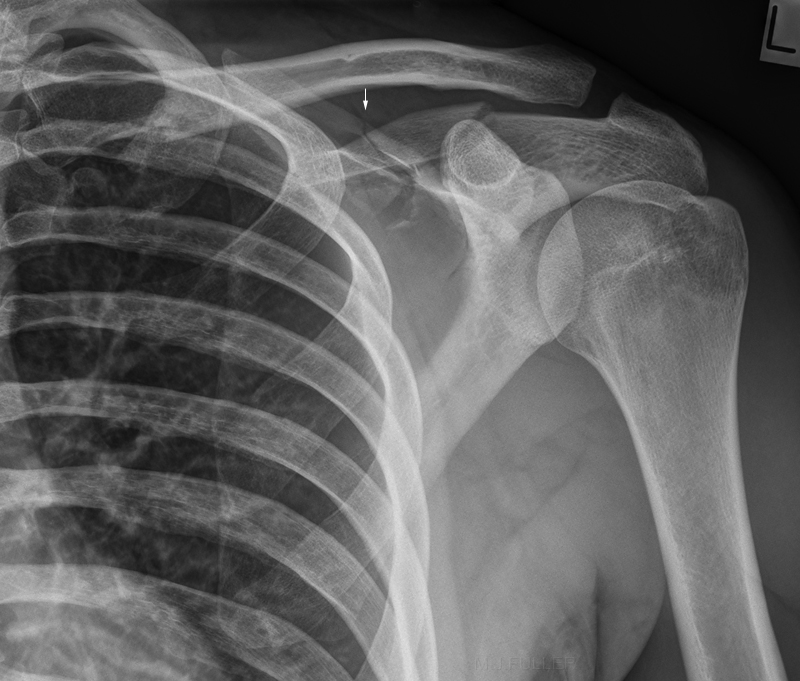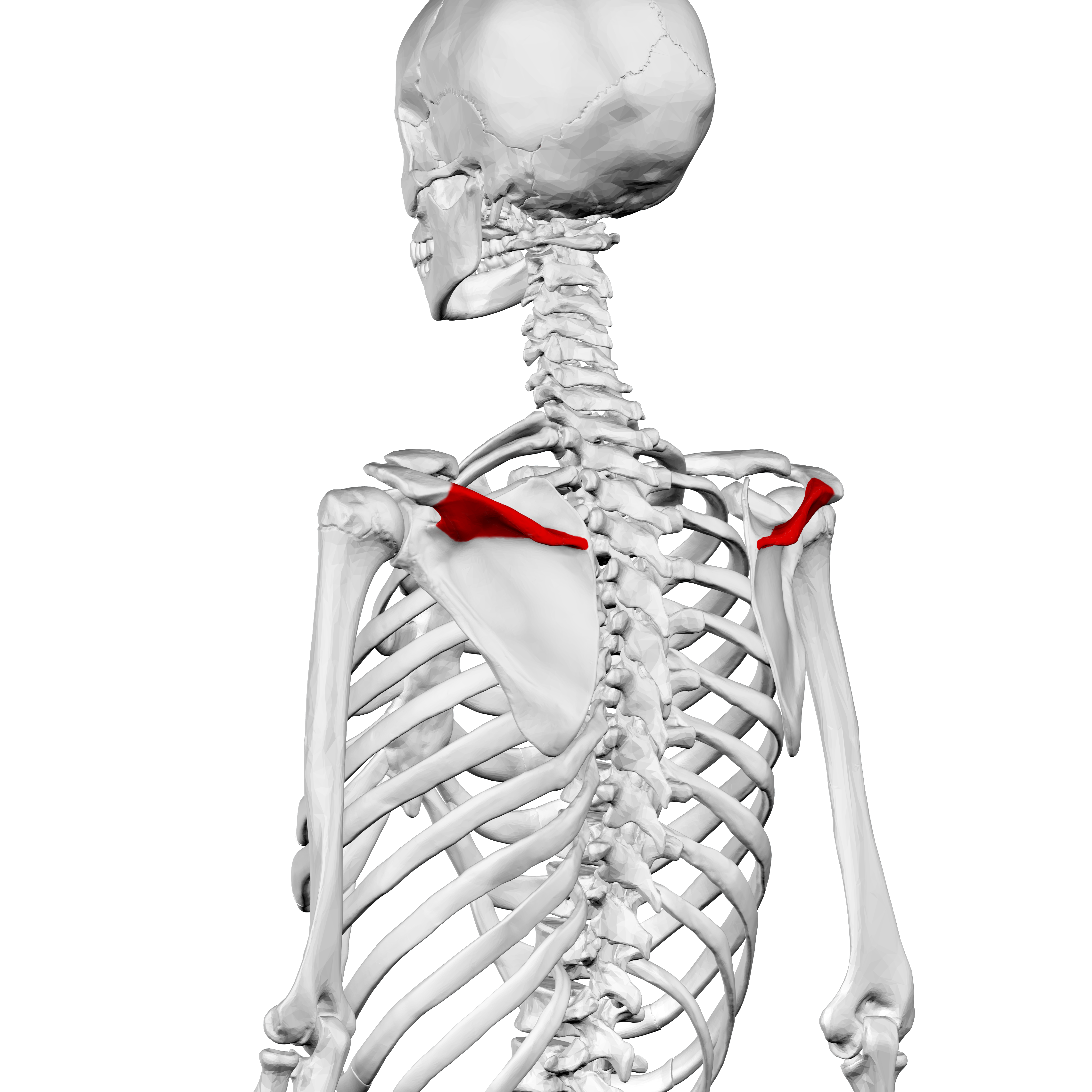


In the case of longer than average arms, this reduces the vertical displacement the barbell must travel to deadlift completion and the resultant hip, knee, and ankle lever angles at the start of the lift are more open and mechanically advantageous than that of a shorter armed individual. Some anthropometric measurements, longer than normal arms for example, may predispose someone to being better at a pulling movement regardless of the technique used for the pull. Differences in anthropometric structure between individuals requires consideration in lifting exercises. It was determined that the barbell assumed a position under the most inferior and medial aspect of the scapular spine ( figure 2). In that study, the bar was positioned over the navicular bone as the anatomical landmark for the "mid-foot" placement described within the theory (figure 1) and then the location where the bar was suspended during lifting from the floor was localized. This model was further investigated to determine the point on the scapula under which the barbell was suspended (11). In the scapular alignment model it is further proposed that this anatomical alignment and its benefits could be applied to the pulling components of the Olympic lifts as other authors have suggested the start positions and pulling motions to be nearly identical among the three lifts (9,19). The usage of the term efficiency here, movement of a body or an implement that approaches a straight line, is the same as in previous literature (7,22). In concept, this improved efficiency might make the deadlift more reproducible between repetitions and allow more weight to be moved by the lifter. Use of the alignment was suggested to reduce the amount of extraneous muscular work done which did not contribute directly to lifting the barbell. This starting position, which differed from the historical alignment of toes-barbell- shoulder joint, is proposed to reduce horizontal displacement of the bar (make the bar path more closely approximate a straight line), thus minimizing the amount of work needed to complete the movement. The cornerstone of the teaching technique was placing the bar over the mid-foot and under the middle of the scapular spine, a straight line connecting the three points. Originally conceived as a method of teaching reliable, repeatable, and efficient pulling technique, the scapular alignment model the authors proposed intended to both normalize teaching methods and to improve the efficiency and performance in the deadlift. In the second edition of the book Starting Strength (15), a conceptual framework was proposed for an association existing between the foot, the bar, and the scapula in any pulling motion off of the floor. was not until 2007 that a consideration of combined human anatomy, physics, and pulling a barbell off of the floor received even cursory attention.


 0 kommentar(er)
0 kommentar(er)
